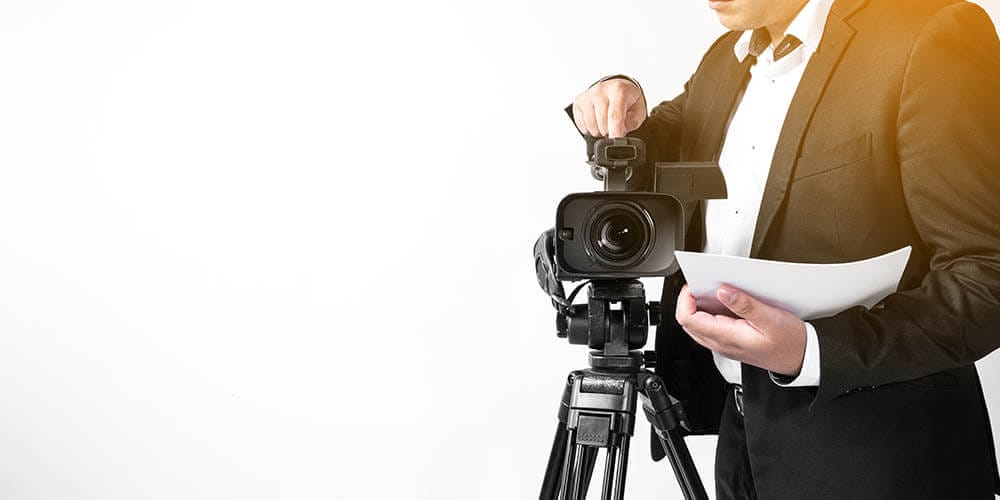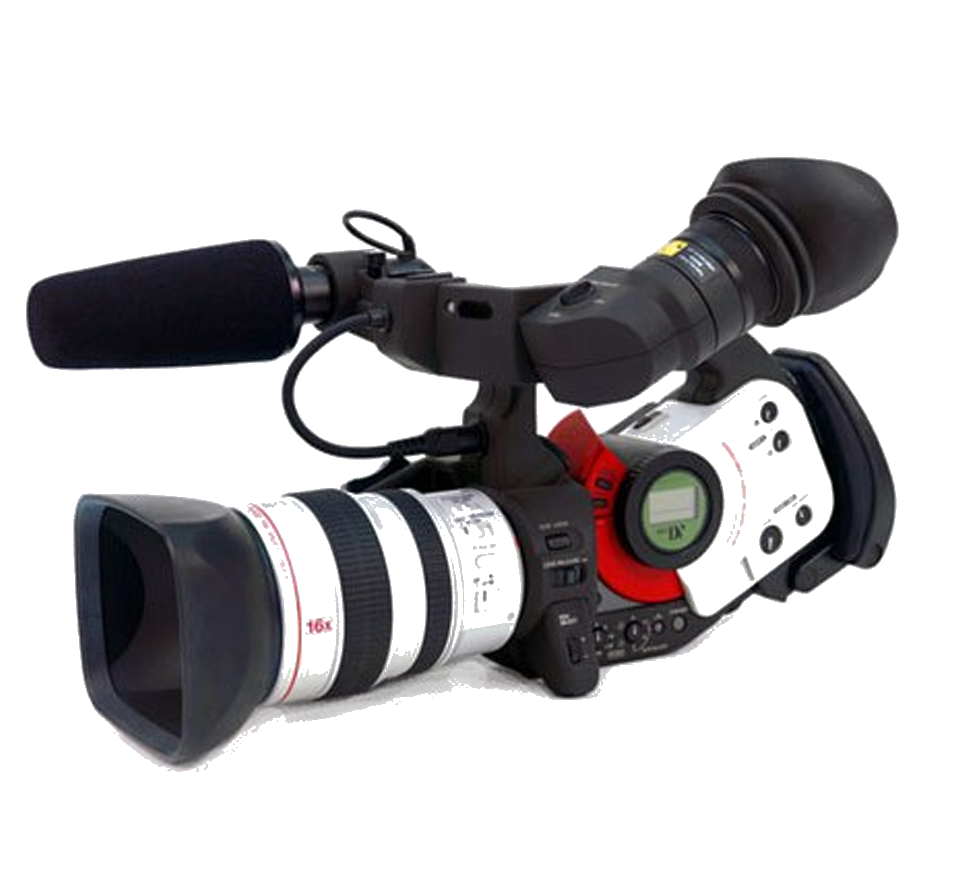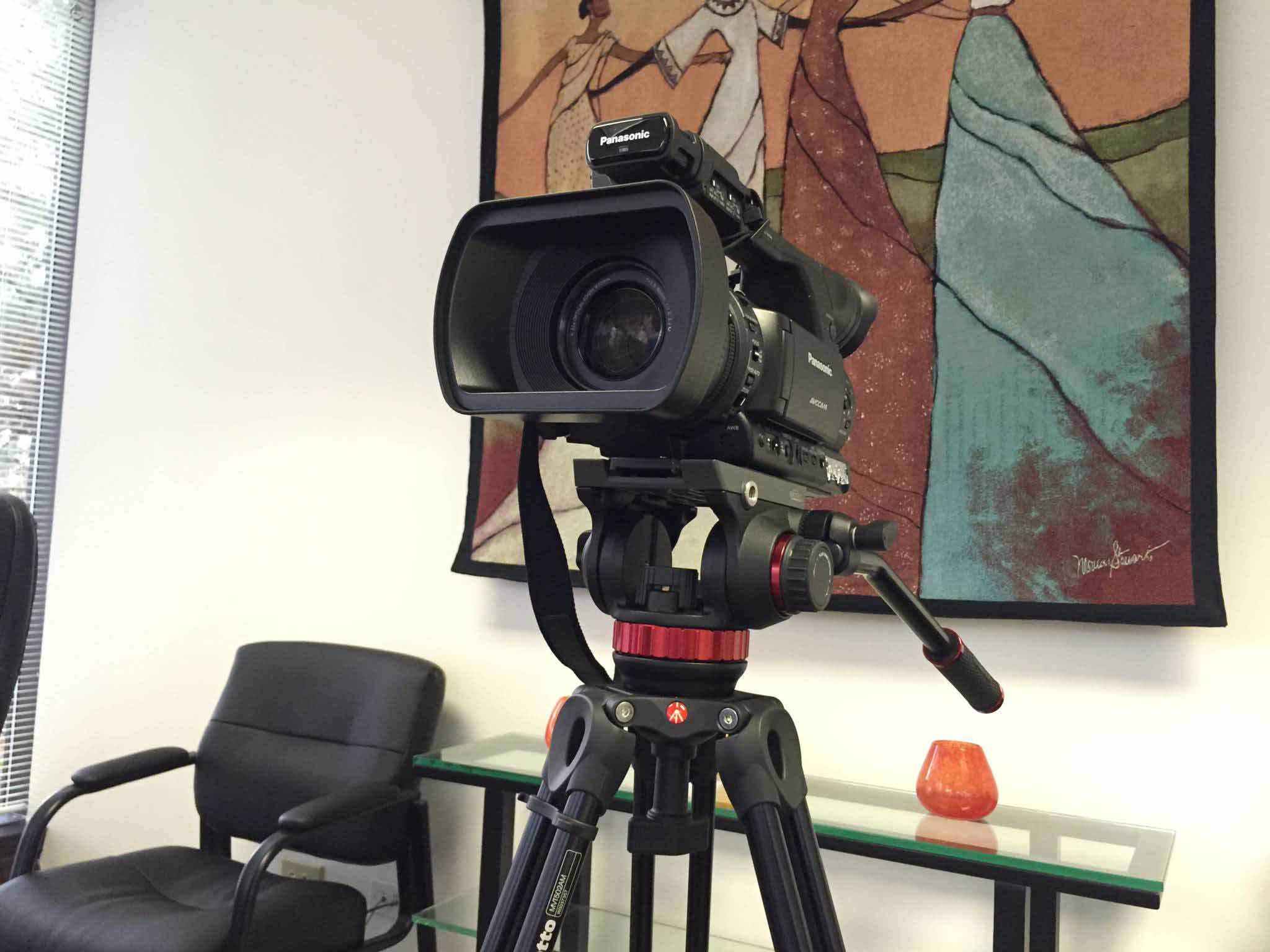How Legal Videography Improves Precision in Court Process
How Legal Videography Improves Precision in Court Process
Blog Article
Key Benefits of Using Videography in Legal Cases
The integration of videography in lawful instances presents an array of strategic advantages that can dramatically influence trial results. As the lawful landscape continues to progress, the implications of leveraging videography in trial setups merit better evaluation, specifically in comprehending exactly how these advantages equate into substantial outcomes in the court room.
Improved Evidence Presentation
Enhanced proof discussion with videography has actually revolutionized the method lawful cases are said and comprehended in the courtroom. By incorporating high-grade video recordings into legal proceedings, lawyers can convey complex details in an extra comprehensible and appealing manner - Legal Videography. Videography enables the visualization of proof, making it easier for courts and courts to realize the context and importance of today truths
Along with boosting clearness, videography can also catch real-time events, giving a genuine representation of occurrences significant to a case. This immediacy can dramatically impact the persuasiveness of a debate, as visual proof usually reverberates much more highly than composed documents. Video clip evidence can consist of crucial elements such as body language, tone of voice, and environmental elements, all of which contribute to a more alternative understanding of the instance.
The use of videography additionally enables effective company of proof, allowing lawyers to offer their debates in a coherent and rational manner. By purposefully incorporating video clip into their discussions, lawyers can promote a much more effective analysis of the evidence, ultimately leading to informed decision-making by the court. The transformative power of videography in legal contexts is both obvious and crucial.
Better Witness Credibility

Video evidence can additionally minimize prospective prejudices that might develop from the witness's appearance or mannerisms in a live setting. By presenting a well-produced video clip, lawful groups can make certain that the focus stays on the content of the testimony instead of extraneous aspects that might undermine integrity. Furthermore, the opportunity to review taped declarations can strengthen witness uniformity, as inconsistencies can be addressed before test, leading to more trusted testimonies.
Furthermore, the durability of videography gives a guard versus memory decay or misconception gradually. By having a clear, verifiable account of witness declarations, legal practitioners can construct a stronger instance, reinforcing the general reputation of the witness and, consequently, the integrity of the judicial procedure.
Engaging Court Experience
Videography can substantially raise the jury's involvement during lawful proceedings. By including high-grade video clip presentations, lawful teams can catch and keep the interest of jurors, transforming intricate information into aesthetically compelling narratives. This interaction is important, as jurors often have a hard time to absorb dense legal terminology and detailed details offered entirely through standard methods.
Video proof enables jurors to witness events as they unfolded, providing context that written testimonies may do learn this here now not have. Using vibrant visuals can stimulate emotional responses, making the situation much more relatable and unforgettable. For example, surveillance footage or reenactments can highlight vital moments, making it possible for jurors to imagine the evidence in a compelling way.
In addition, videography can facilitate an extra interactive experience. Jurors can see and hear witnesses, which includes a layer of authenticity and immediacy that composed records can not reproduce. This multi-sensory technique cultivates much deeper comprehension and retention of the provided material.

Reliable Instance Narration
An engaging story is necessary for effective case storytelling in the courtroom. Videography works as an effective device to craft and present this narrative, engaging the court and enhancing their understanding of the case. By visually illustrating the events bring about the legal dispute, videography enables lawyers to illustrate intricate circumstances in a relatable and clear fashion. This storytelling approach can stimulate emotional responses and foster compassion, creating a much deeper link in between the case and the court.
Integrating components such as witness animations, interviews, and reconstructions, videography provides a multi-dimensional point of view that conventional methods can not attain - Legal Videography. This graph not only aids in making clear facts however likewise aids jurors preserve essential info. The dynamic nature of video clip can damage down obstacles of understanding, making detailed details much more available.
Eventually, efficient case narration with videography transforms the court experience, enabling attorneys to provide their disagreements in a influential and compelling fashion. By using the power of visuals, attorneys can significantly improve their ability to connect important stories and achieve beneficial end results for their clients.
Preservation of Testimonies
Protecting testaments is a critical facet of lawful procedures, as the precision and stability of witness statements can dramatically influence the result of an instance. Videography acts as a reliable device in this regard, making sure that testimonies are tape-recorded in their initial context, thus reducing the danger of false impression or distortion in time.
By capturing non-verbal and spoken cues, videography offers a thorough account of witness statements, which can be important during trial process. This technique not only records the web content of the testament yet likewise preserves the disposition and emotional actions of witnesses, providing courts a richer understanding of the testimony's integrity and value.
Moreover, using videography promotes a much more trusted testimonial of testimonies throughout post-trial evaluations or pre-trial preparations. Lawyers can revisit videotaped statements to clarify details, assess incongruities, or create methods for cross-examination.
Basically, videography enhances the conservation of statements, promoting a transparent legal process that visit the website can cause more fair end results. By securing the stability of witness declarations, legal specialists can much better promote for their clients and promote the principles of justice.

Final Thought
Finally, the assimilation of videography in legal instances considerably enhances the discussion of evidence, strengthens witness credibility, and captivates juries from this source with involving visual material. This tool assists in reliable narration, permitting lawyers to share stories that reverberate deeply with decision-makers. Furthermore, videography functions as an irreversible document of testaments, minimizing the risk of memory decay. Jointly, these benefits highlight the vital function of videography in modern legal practices, inevitably adding to more enlightened judicial outcomes.
The assimilation of videography in legal cases provides a range of strategic benefits that can dramatically influence test end results.Enhanced proof presentation with videography has changed the means legal cases are argued and understood in the court.Videography can substantially elevate the jury's interaction during lawful process. By visually portraying the events leading to the lawful disagreement, videography permits lawyers to highlight complex circumstances in a clear and relatable manner.In verdict, the assimilation of videography in lawful instances considerably boosts the discussion of proof, boosts witness integrity, and captivates juries via engaging aesthetic content.
Report this page